Your cart is currently empty!
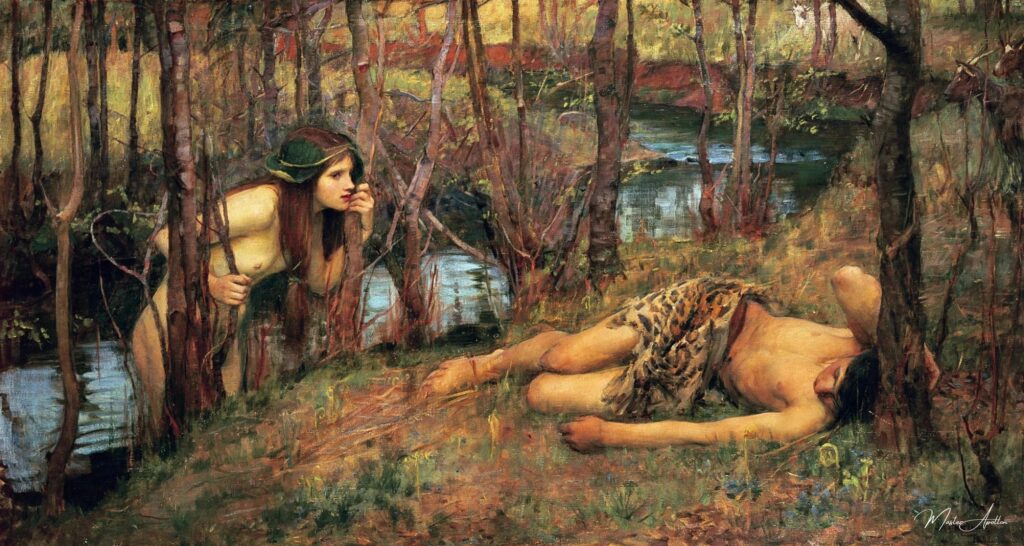
A Naiad – John William Waterhouse
Immerse yourself in the enchanting world of classical art with our highest quality oil painting reproduction of “A Naiad” by John William Waterhouse. This exquisite piece captures the ethereal beauty of the water nymph, her delicate form gracefully entwined with the shimmering elements of nature. Each brushstroke is meticulously recreated, reflecting the vibrant hues and intricate details that …
A Naiad – John William Waterhouse
John William Waterhouse, a master of the Pre-Raphaelite style, was renowned for his enchanting depictions of mythological figures, and A Naiad is no exception. This beautiful painting, completed in 1893, showcases Waterhouse’s extraordinary ability to blend natural beauty with mythological allure. Featuring a Naiad—one of the water nymphs of Greek mythology—this artwork celebrates femininity, nature, and the timeless mystery of water. In this blog, we will delve into the mythological background of the Naiad, explore the key elements and symbolism in Waterhouse’s painting, and discuss the artistic techniques that make A Naiad an exceptional work of art.
The Myth of the Naiads
In Greek mythology, Naiads are water nymphs who are typically associated with freshwater bodies like rivers, streams, and springs. Unlike sea nymphs (Nereids), Naiads live in freshwater environments and are often depicted as beautiful young women with an intimate connection to the water. Naiads were believed to possess the power to heal, enchant, and protect the natural world, with their connection to water symbolizing purity, fertility, and the life-giving qualities of nature.
Naiads are often portrayed as ethereal beings, whose graceful movements in the water reflect their ability to adapt to and harmonize with the natural world. They were often seen as embodiments of natural forces, closely tied to the life cycles of plants and animals, with some myths suggesting that they could bestow blessings or curses depending on their mood or the way they were treated by mortals.
A Naiad by John William Waterhouse
Waterhouse’s A Naiad depicts a Naiad in her natural, water-filled environment. Unlike other mythological figures he often painted, such as Aphrodite or Ophelia, the Naiad here is less a symbol of tragic love and more a manifestation of the serene yet mysterious power of nature. This painting captures her at a moment of tranquil interaction with the water, with a sense of poised elegance as she blends seamlessly into the rippling surface of the stream.
1. The Central Figure: The Naiad
The central figure in A Naiad is a young woman, partially submerged in the water, with flowing hair and a serene expression. Her body is both languid and graceful, caught in the act of turning her head as if listening to the natural world around her. The Naiad’s long, wet hair cascades around her face and down her shoulders, adding to the sense of fluidity and movement in the painting. Her attire is minimal, as is typical for Waterhouse’s representations of nymphs and mythological figures, with her body blending with the water to create a sense of unity between the figure and her environment.
The expression on the Naiad’s face is tranquil and enigmatic, exuding a sense of otherworldliness. Her gaze seems to be directed inward, as though in communion with the water or lost in a moment of reflection. This subtle ambiguity invites the viewer to interpret her state of mind—whether peaceful or contemplative, it’s clear that the Naiad exists in a liminal space between the earthly and the divine.
2. Water as a Central Element
Water plays a crucial role in the painting. The Naiad’s connection to the stream is immediate and intimate—she is not merely in the water but becomes part of it, her body rippling with the flow of the stream. The water surrounding her seems to shimmer with life, reflecting light in delicate waves that mirror the Naiad’s natural grace. Waterhouse uses these reflections to suggest the magic and allure that the Naiads are known for, emphasizing their ethereal connection to the natural world.
The stream in the background creates an organic movement, giving the painting an almost hypnotic quality. This fluidity of water, combined with the stillness of the Naiad, evokes the paradox of nature—both serene and ever-changing. The way Waterhouse paints the water is delicate, capturing the subtle shifts in light, shadow, and reflection to create a realistic yet dreamlike environment.
3. Symbolism of the Naiad
In Waterhouse’s painting, the Naiad is more than just a water spirit; she embodies the mysterious and transformative qualities of water itself. The water surrounding her symbolizes not only life and fertility but also the unknown—those deep, dark spaces beneath the surface that suggest mystery and hidden secrets. The Naiad’s serene face, coupled with the flowing water, represents the natural beauty and life force that water provides. Waterhouse seems to be invoking the ancient belief that water possesses a mystical power, able to heal, renew, and transform life.
Furthermore, the Naiad is often associated with purity, grace, and femininity. Her gentle, fluid movements and her connection to the earth’s most vital element highlight her as a symbol of nature’s feminine and nurturing qualities. She stands as a guardian of the natural world, embodying both its beauty and its power.
Themes in A Naiad
1. The Power and Mystery of Water
Waterhouse’s portrayal of the Naiad reflects the power and mystery of water. The image of the Naiad, poised and ethereal, shows her in perfect harmony with the water, as if she were an extension of the natural world itself. The peaceful, undisturbed waters surrounding her suggest a calm, harmonious moment, but the fluidity and movement in the painting also hint at the powerful, unpredictable forces of nature. Water, in its natural state, is a force that can be both nurturing and destructive—a theme that runs deep in the mythological representations of the Naiads.
2. The Connection Between Nature and the Divine
Waterhouse’s use of the Naiad as a subject reflects the Pre-Raphaelite fascination with the connection between nature and the divine. The Naiad is not merely a mythical creature; she is a symbol of nature’s sacredness. Waterhouse often painted figures that embody the natural world as divine beings, suggesting that the beauty of nature is not only to be admired but revered. The Naiad’s serene yet otherworldly presence communicates the idea that nature holds divine power—an idea rooted in both Greek mythology and the broader Pre-Raphaelite philosophy.
3. Feminine Beauty and Tranquility
Like many of Waterhouse’s works, A Naiad presents the female form as a subject of admiration and contemplation. The figure of the Naiad is idealized and portrayed in a way that highlights her ethereal beauty. Waterhouse’s attention to the delicate details of her hair, skin, and expression elevates her into a symbol of feminine grace. However, her connection to water also speaks to the depth and complexity of femininity—an element that, like water, can be both calming and unpredictable.
Waterhouse’s Artistic Techniques
Waterhouse’s mastery of light and shadow, as well as his detailed rendering of textures, is evident in A Naiad. The soft lighting highlights the contours of the Naiad’s figure, drawing attention to the fluidity of her body and the water around her. The reflections in the water are beautifully executed, showcasing his ability to create a realistic sense of movement and depth. Waterhouse’s careful attention to the natural environment, from the delicate ripples in the water to the lush, soft textures of the Naiad’s skin, gives the painting a palpable sense of life.
The color palette of the painting is dominated by cool tones, with the blues and greens of the water contrasting with the warm flesh tones of the Naiad. This juxtaposition of colors not only creates visual harmony but also enhances the symbolic connection between the figure and her watery surroundings.
Conclusion
John William Waterhouse’s A Naiad is a mesmerizing exploration of the mythical figure of the Naiad, capturing both her beauty and her connection to the water in which she resides. Through his delicate rendering of water, light, and texture, Waterhouse brings the timeless allure of the Naiad to life, highlighting themes of femininity, nature, and the divine. The painting serves as a celebration of the power and mystery of water, while also embodying the grace and tranquility of the feminine spirit. As with many of Waterhouse’s works, A Naiad remains a captivating piece, inviting viewers to delve deeper into the mythological and natural world with each gaze.
John William Waterhouse
John William Waterhouse was a British painter known for his enchanting depictions of mythological and literary themes, characterized by rich colors, emotional depth, and a focus on female figures that often evoke a sense of longing and beauty.
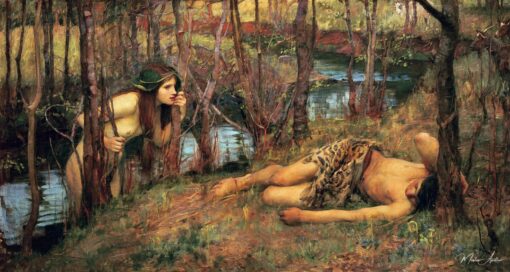
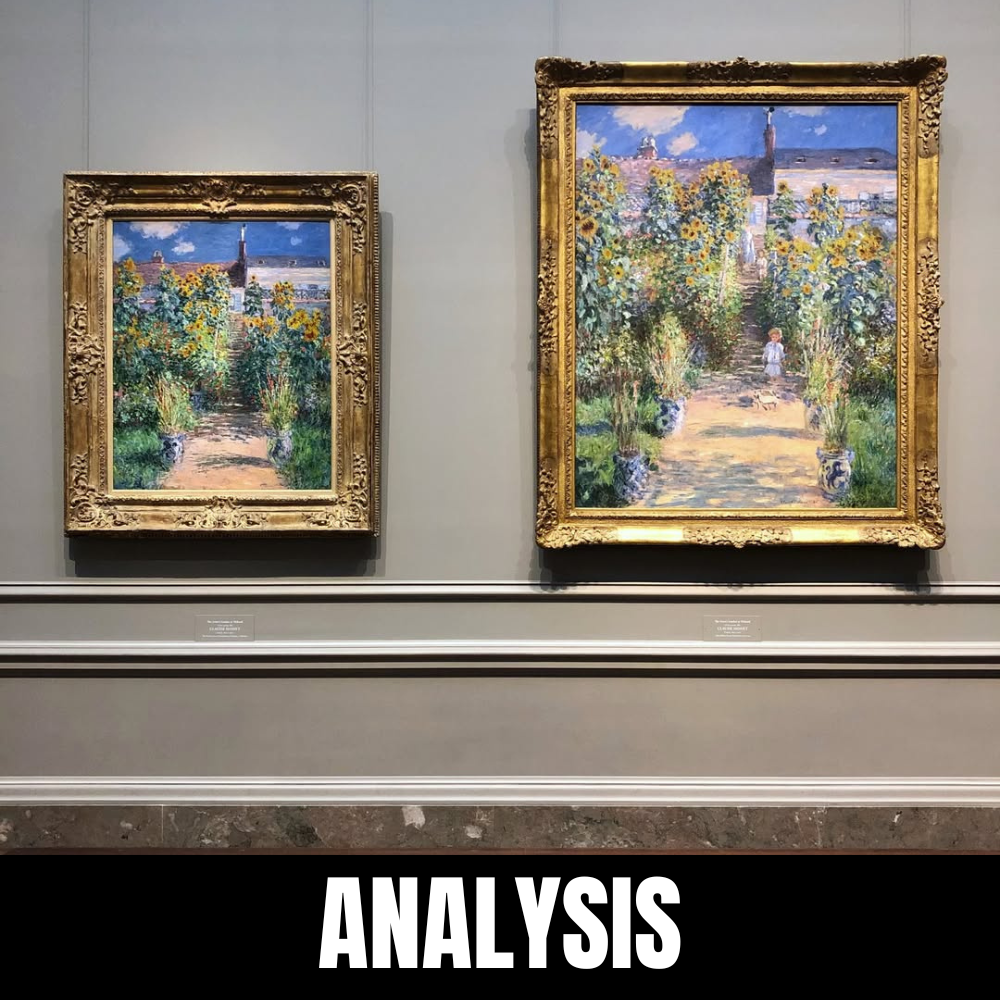
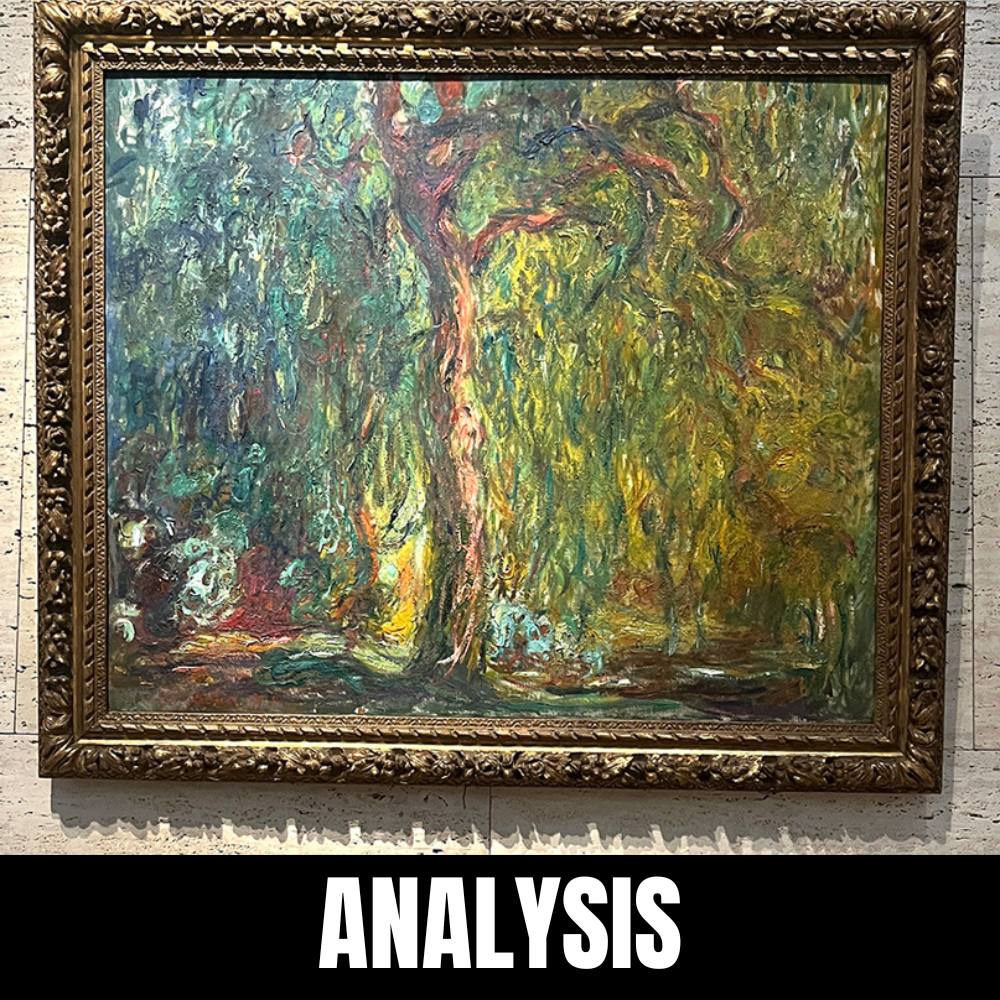
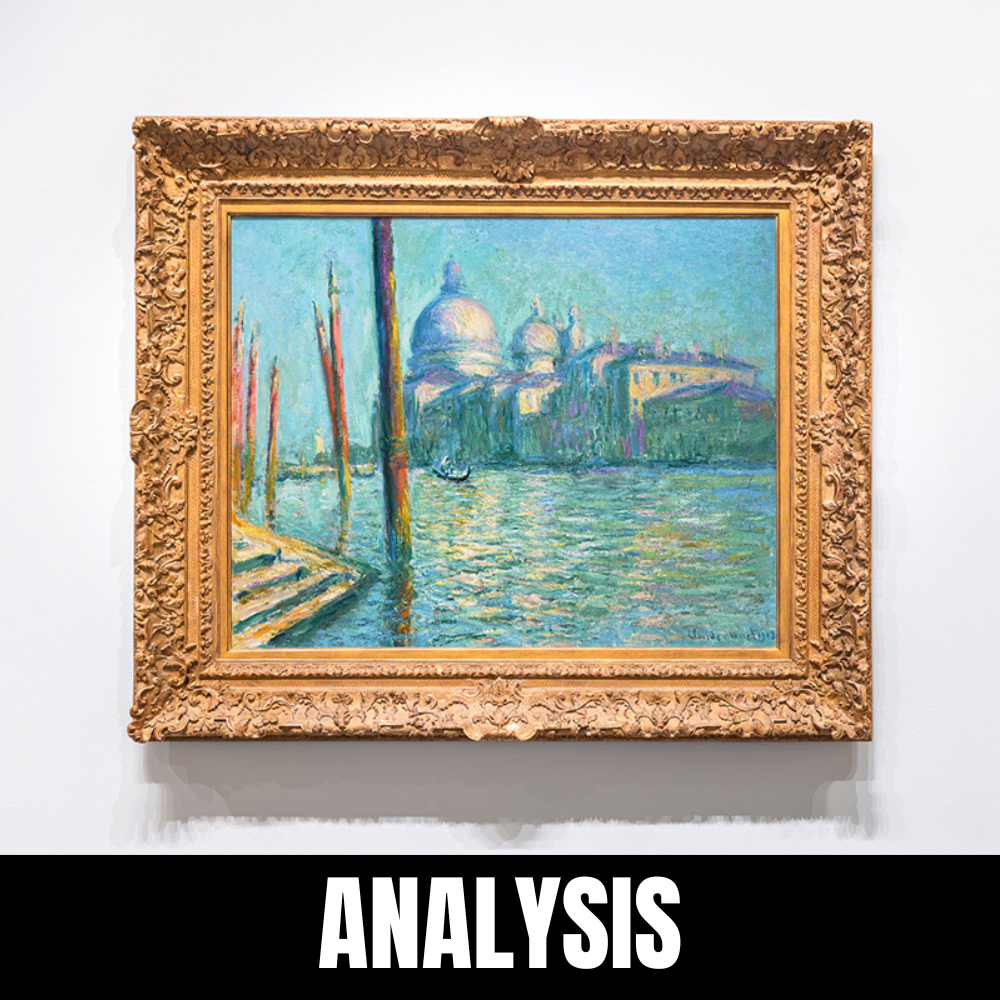
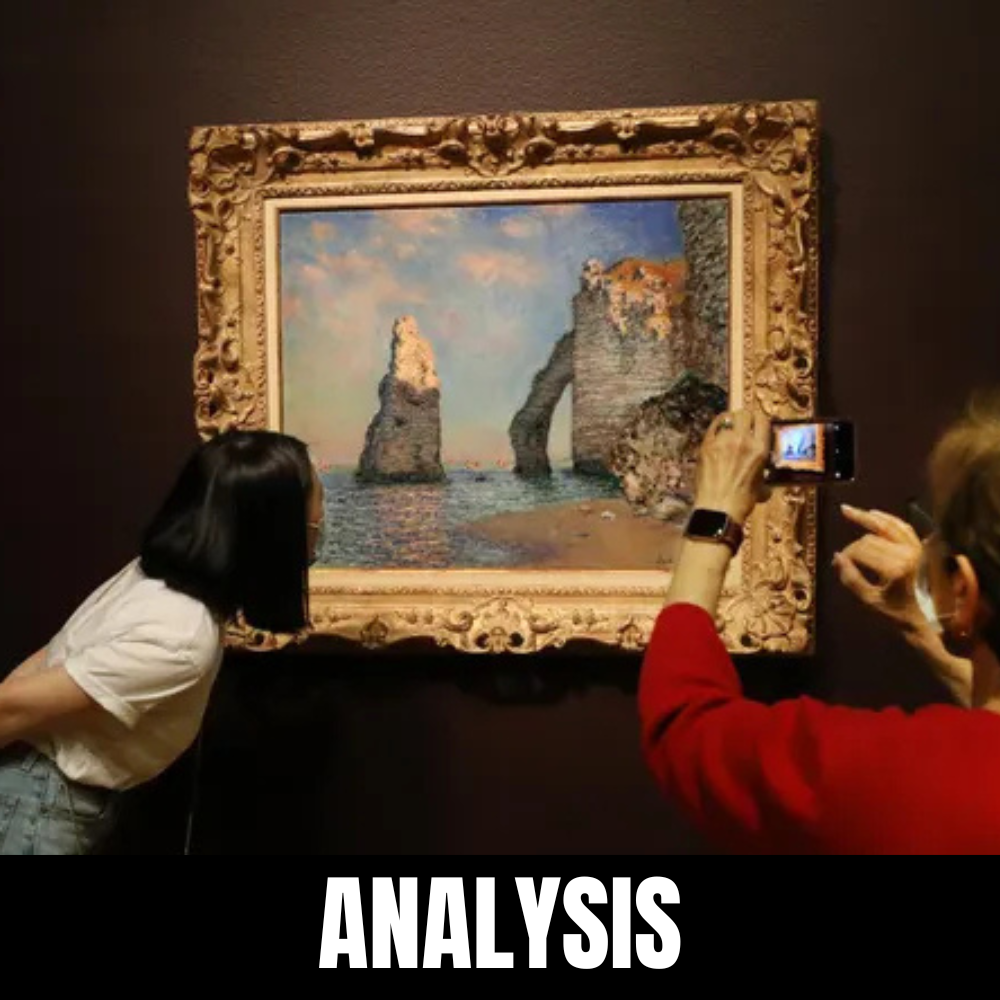
Leave a Reply